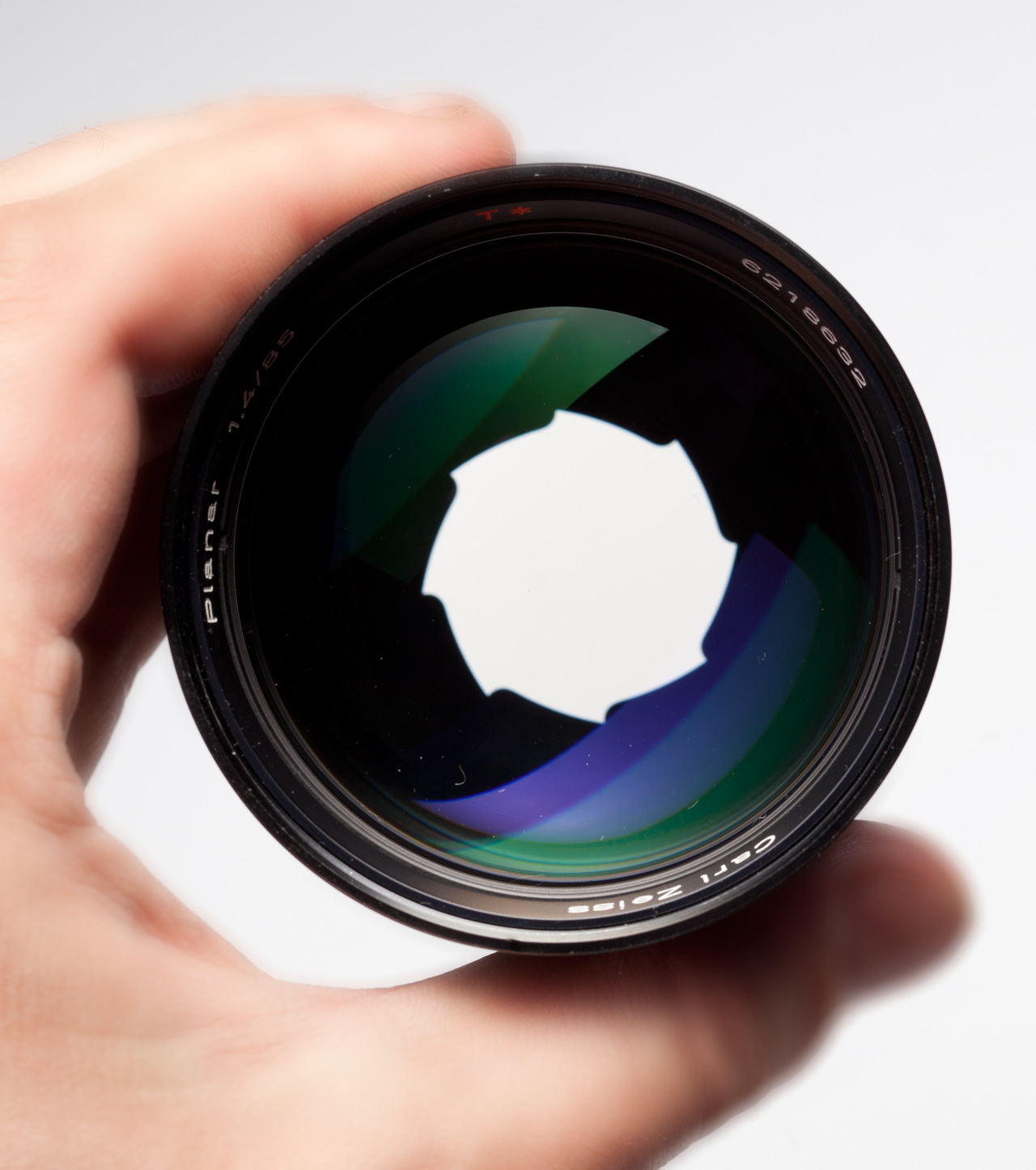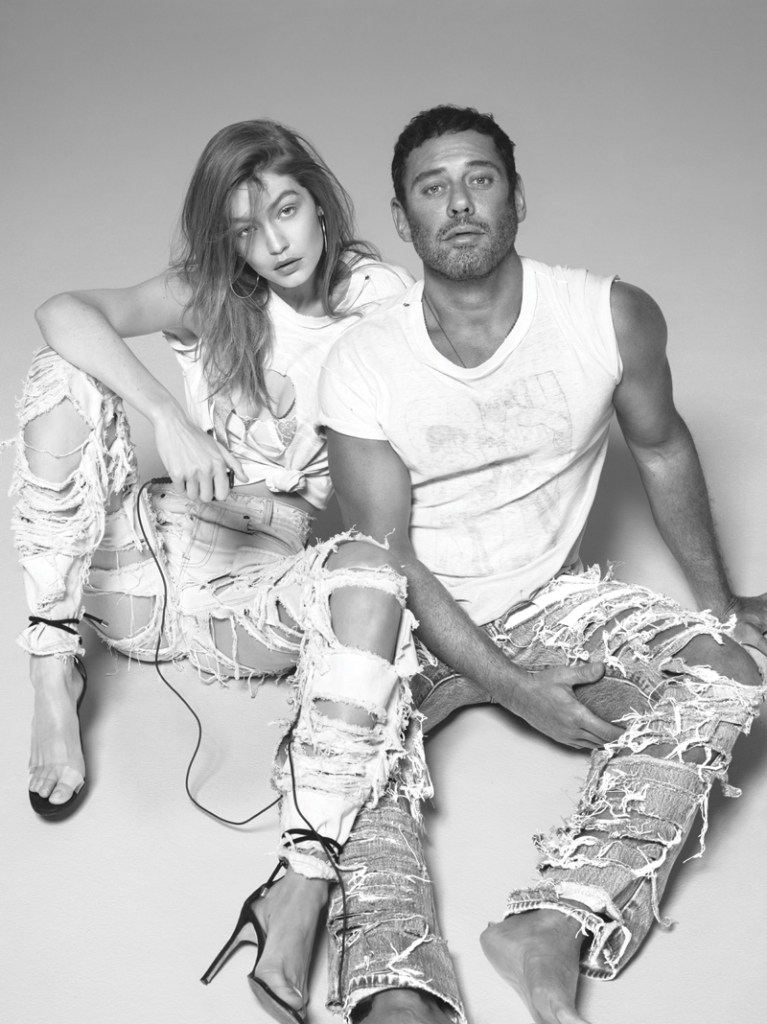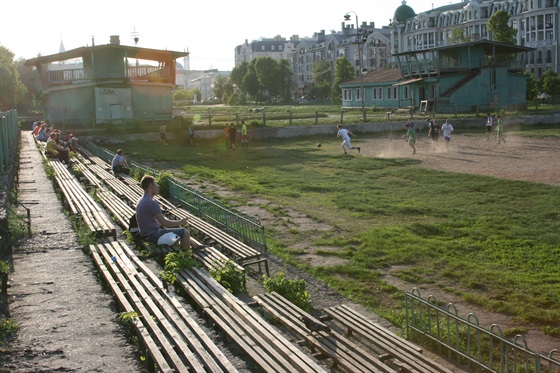Impressionism as a conscious need
 … As with any other profession, the consumer always demanded quality from painting for his money. The thoroughness of the drawing, the elaboration of light and color – all these are direct attributes of quality. All of them were characteristic of the masters of painting until the end of the 19th century. Particularly high thoroughness of work performance is characteristic after the invention of oil paints by Van Eyck. Textures of fabrics, building materials, elaborate faces, figures – all reached the possible technical limit accessible to the eye and hand.
… As with any other profession, the consumer always demanded quality from painting for his money. The thoroughness of the drawing, the elaboration of light and color – all these are direct attributes of quality. All of them were characteristic of the masters of painting until the end of the 19th century. Particularly high thoroughness of work performance is characteristic after the invention of oil paints by Van Eyck. Textures of fabrics, building materials, elaborate faces, figures – all reached the possible technical limit accessible to the eye and hand.
The work of the Dutch of the 16-17th centuries can be viewed in a magnifying glass.
Such painting remained until the 19th century, until photography was invented in its misfortune.
The invention of photography coincided with the rapid development of machine production. At this time, a large class of bourgeois appeared. These children of capitalism had money. And the money began to go into the pockets of photographers.
This was a blow to the profession of an artist. In fact, the artist learns to mastery for many years, and then spends a lot of time on the careful execution of the painting. With this amount of labor, each customer is on the account. And suddenly a competitor appears who hasn’t learned anything, but can do excellent portraits by the method of photography in a day.
Many artists have retrained as photographers. The rest thought about their unfortunate share. The main subject of thought was to find an answer to the question of how to reduce the cost of paintings in order to compete with photo portraits.
Sapiens, being cornered, works especially well with his head and the way out was found by Edward Manet. The solution turned out to be brilliantly elegant: in order to sharply reduce the cost of production of paintings, you need to stop working on the painting in the sketch phase and tear up the brightness of the colors. So there was impressionism. The main achievement of the Impressionists is that for the first time in the history of human professional activity, they have broken the idea of painting as a quality work of a master.
The first important exhibition of the Impressionists was held from April 15 to May 15, 1874 in the studio of the photographer Nadar. There were represented 30 artists, a total of 165 works. Please note that 165 works were exhibited in the photographer’s workshop, and not elsewhere! The photographer also had a large room to hang 165 paintings and a desire to contribute.
Everything is clear with the room, unlike artists, the photographer’s income from orders was so good that he could have and maintain a large room. But with the desire to help artists so far mysteriously .. why would it help a competitor? Apparently he was persuaded to help the sufferers, but he did not count them as competitors. In fact, what kind of competition can there be from unfinished paintings …
From the point of view of professionalism, the work of future impressionists is a profanation of their profession. But from the point of view of the analysis of the components of an aesthetic impression, everything was correct. They sharply reduced the component of craftsmanship, but also sharply raised the evolutionarily determined aesthetics, that is, the brightness of color and light. And even added a dominant component due to originality.
The total aesthetic effect has even increased. And when the media, these jackals of the world taught a lot of conformists to such a presentation of material, the impressionists even declared geniuses.
From this moment up until our time, the evolution of the art of painting is the history of its profanation.
The most productive idea found by the Impressionists, I repeat, boiled down to the following: they sharply worsened the quality of drawing, reducing it to the level of sketches / studies, and at the same time increased the effect on the limbic, emotional, animal part of the human brain, introducing excessively bright colors that delight us in nature.
Such a primitive device turned out to be objectively true and successful. It is in full use until now.
Bright colors in nature cause joy in the animal. These are signs of the well-being of nature: sunsets, sunrises, berries, flowers, the sky, the sun, bright highlights and clear colors – all these are true indicators of the health of nature and instinctively like a living creature leading a daily lifestyle.
By the way, I believe that in animals leading a nocturnal lifestyle or living deep underwater, aesthetic preferences are completely different. Impressionism would not appeal to them.
Simplification of the picture and neglect of the thoroughness of the elaboration of details liked the workers of the brush and paints. And immediately after the media tamed the public to such an unusual phenomenon, the next generation rushed to simplify further. And off it went.
In order to present everything seriously, painting introduced the concept of “search and progress”. Artists gave way to cunning smears, which they no longer hacked, but “searched,” “expressed themselves” and created new trends in painting.
And inventors of new “trends” jumped along the beaten track of the Impressionists: Cubists, abstract artists, Symbolists, avant-garde artists, surrealists, Suprematists.
The history of painting in the 20th century turned into the history of its degeneration. Capitalism however …
That’s about how it all happened …




